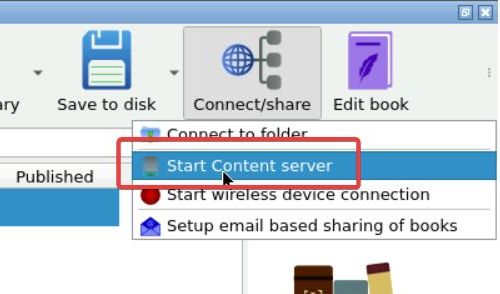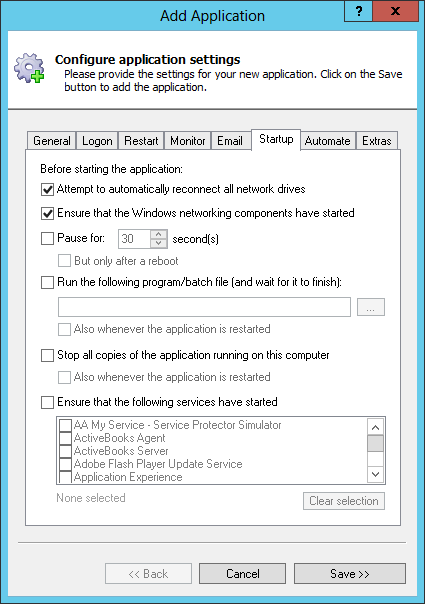
I'd be curious if this method works for anyone else that has a similar problem. At this point you can go ahead and kill the foregrounded calibre-web server process and restart it the way you normally would.You should see a simple "authentication successful" message on the browser in the second terminal and the hung calibre-web page will suddenly spring back to life with a properly working oauth setup!.
#Calibre server localhost how to#
Note that if you're using w3m, it doesn't know how to deal with a URL without the http prefix that modern browsers like to use, so you'll need to add it. Open a second terminal to your calibre-web server and open that URL you copied in a browser there.At this point it will attempt to forward you to " which obviously isn't going to work.You should be presented with a very long Google authentication URL (this was what was just open in the text browser.) Go ahead and copy this into your browser on your desktop in a separate tab (make sure to leave the calibre-web page up) and you should be able to perform oauth authentication the same as usual.Now if you could login here, life would be peachy, but unfortunately captchas and text browsers don't mix, so go ahead and quit out of the browser. At this point it will appear to hang as always, but if you check your terminal, you should find a Google login page open in whatever browser is your default. On your normal machine, navigate to the mail settings and click the button.Open a terminal to your server and launch calibre-web in the foreground with "python /path/to/cps.py".My jail had w3m available and working by default, so that's what I used. Note that you WILL need some sort of browser, text-based is fine.


So, assuming you're running from an environment where you don't have (or want) a GUI and therefore don't have a graphical browser, here's how I got it to work. That's when I realized the server itself was trying to complete the authentication. My first clue came from noticing the text of a Google login page had been recorded in the nohup.out file. In my case, I'm running from a TrueNAS FreeBSD jail, but the symptoms of the problem were identical. So I was in a similar boat as and I think I figured out a (very convoluted) workaround. However, it also looks like this potential limitation was resolved last year. That would be a way to possibly run the output to stdout/stderr, which would show in the Docker containers logs. Which describes what you are referring to. Googleapis/google-auth-library-python-oauthlib#87 It seems like the port isn't random, you can specify a specific port to run the auth on. In which case, you could easily make this a static port - or if running in a container environment, specify a static port: Unless I am looking at the wrong file, is this the location where you are specifying the random port? You specify the webserver, so I am not sure why you are stating it is random. This doesn't seem like a blocker or technical limitation due to using containers.

It seems like other developers are able to work around this from within the a docker container. There are also alternatives for oAuth flows:

So want to claim that I am not an expert here, just trying to explore other ideas to get this to work. Open up Google oAuth flow to validate the Service AccountĮnvironment (please complete the following information): As a sanity check I tried changing the substitute pattern to Substitute "s|admin|user|i", as the first redirect contains admin, but I still get redirected to /admin/dbconfig.Īdding SetOutputFilter SUBSTITUTE,DEFLATE just above the AddOutputFilterByType line didn't help.Īlso removing the content-type filter so that the file becomes Īny idea why this doesn't work? It looks like the example given in Apache2's documentation to me.INFO
#Calibre server localhost mod#
The problem is that, after restarting Apache, the mod isn't doing anything. ĪddOutputFilterByType SUBSTITUTE text/html I wrote the following inside a file called nf and enabled both the site and the substitute mod. Since the application is using redirects (more details here), I'm trying to use apache's mod_substitute to modify the URLs in the redirects so they point to the right URL. I'm trying to use Apache2 as a reverse proxy to access an application (calibre web) running inside a Docker container.


 0 kommentar(er)
0 kommentar(er)
